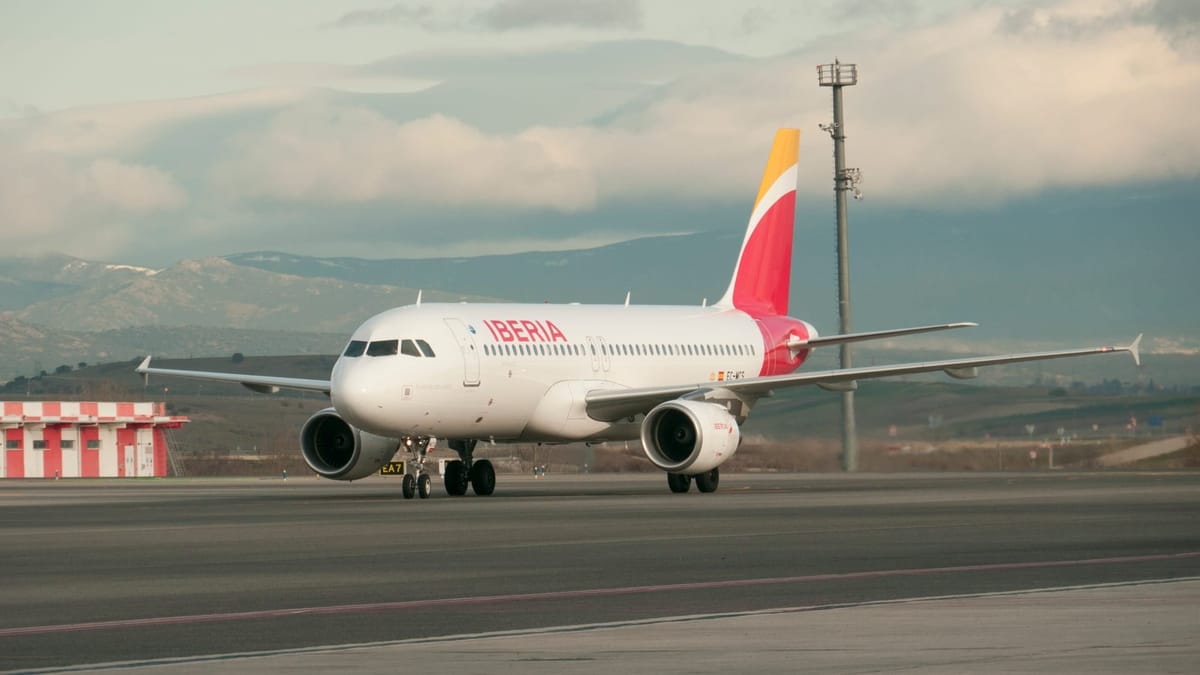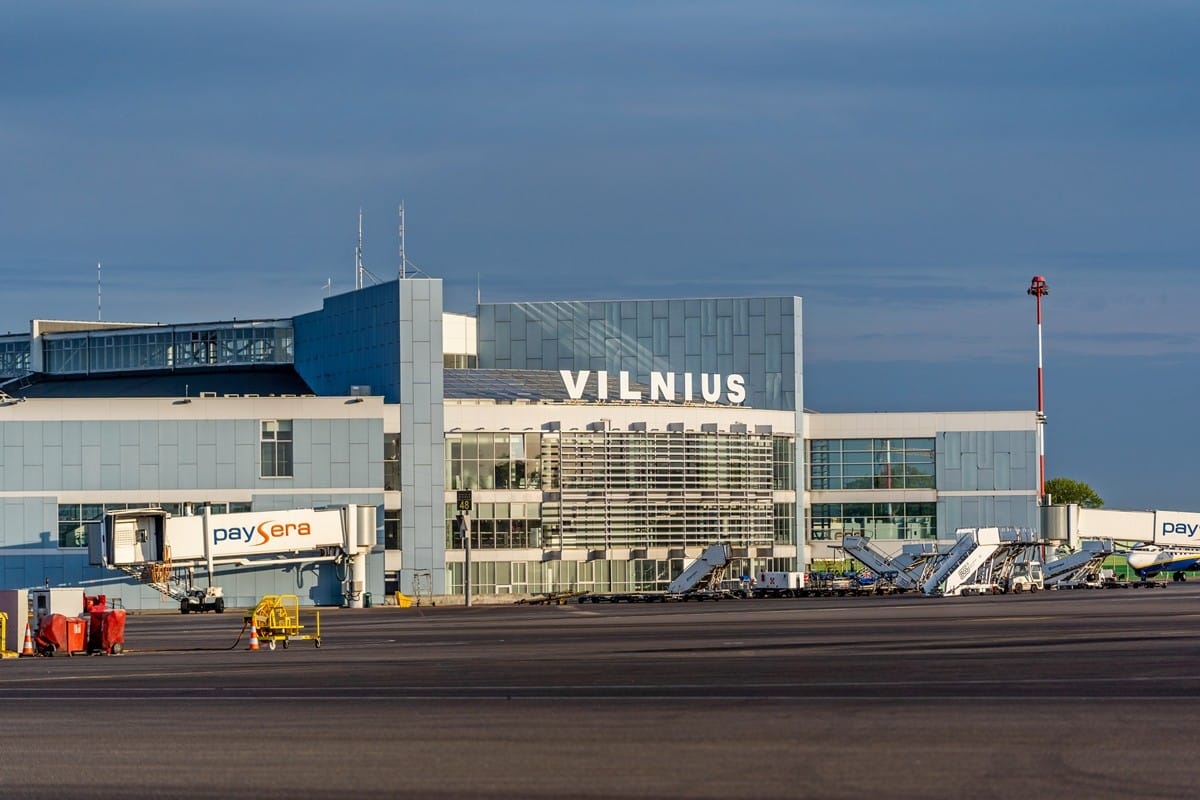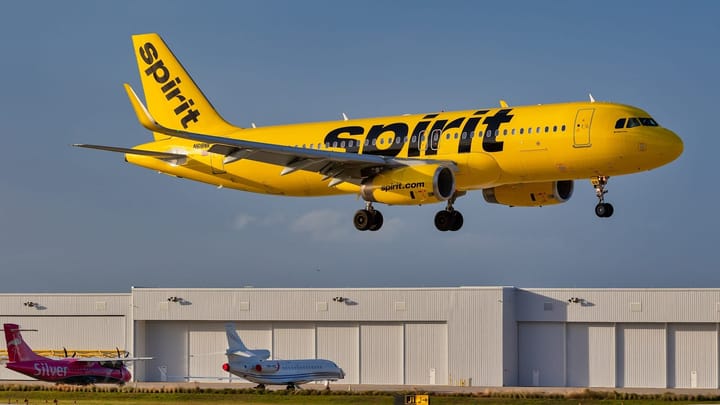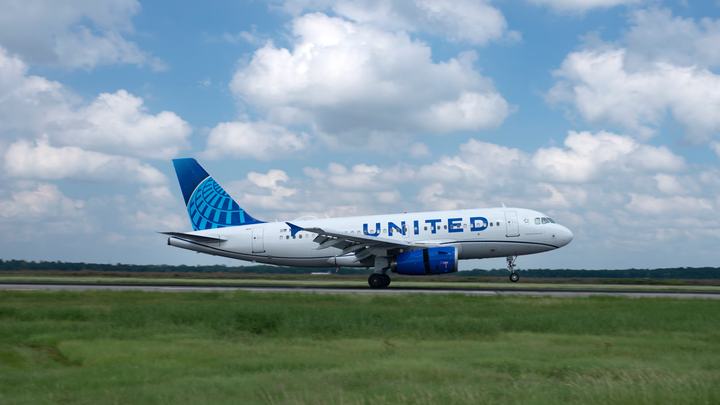Iberia Airbus A320 encounters weather balloon over Mallorca
Spanish investigators said the weather balloon overflew the right side of the aircraft.

Spanish investigators have disclosed that an Iberia Airbus A320ceo, flying between Catania, Italy, and Madrid, Spain, had encountered a weather balloon while above Mallorca, Spain, with the balloon overflying the aircraft that eventually landed in Madrid without any further incident.
Spain’s Civil Aviation Accident and Incident Investigation Commission (Comisión de Investigación de Accidentes e Incidentes de Aviación Civil, CIAIAC) revealed that on August 24, 2025, an Iberia A320ceo, registered as EC-MDK, encountered a weather balloon while above the island of Mallorca at an altitude of 35,000 feet (10,668 meters).
According to the CIAIAC, the weather balloon had passed the aircraft at around 200 m (656 ft) to the right, with an altitude separation of around 30 m (98.4 ft). The pilots of the Iberia A320ceo informed air traffic control (ATC) about the encounter and continued to their destination airport, Madrid Barajas Airport (MAD).
The single-aisle jet was operating flight IB 694 from Catania Fontanarossa Airport (CTA), and after departing the Italian airport at 12:07 local time (UTC +2), landed at MAD at 14:59 local time (UTC +2).

Following the in-flight incident, which did not result in any injuries or damage to the aircraft, per the CIAIAC, the A320ceo operated another flight from MAD to Naples Airport (NAP), touching down at the latter airport at 21:56, according to Flightradar24 records.
Weather balloons have become a pressing issue in some regions, especially in Lithuania, where throughout October, officials had been forced to close the airspace above Vilnius Airport (VNO), at times, Kaunas Airport (KUN), due to balloons breaching the country’s airspace.
However, unlike the probable weather balloon that the Iberia A320 pilots saw flying between CTA and MAD, the balloons that have resulted in numerous flight disruptions at VNO and KUN carried contraband cigarettes from Belarus.
At the same time as Lithuanian Airports (Lietuvos oro uostai, LTOU) invited affected stakeholders to join their planned legal process to defend “their own and their partners’ interests,” Aleksandr Lukashenko, the de facto dictator of Belarus, admitted that the country’s border guards have most certainly been aware of the contraband balloons being launched into Lithuania.
“You imposed sanctions against us, you are strangling us […]. What, are we supposed to protect you? So fine, let those balloons fly,” he said during a press conference on October 31. However, Lukashenko added that it was “unacceptable” that the balloons had posed a risk to commercial aircraft.
On October 30, the Lithuanian State Border Guard Service (Valstybės sienos apsaugos tarnyba, VSAT) said that it had intercepted 546 contraband balloons from Belarus year-to-date (YTD), compared to 226 balloons it had seized throughout the whole of 2024.

While weather balloon and commercial aircraft encounters have been scarce, in the United States, a United Airlines Boeing 737 MAX 8, registered as N17327, came into direct contact with one on October 16. The single-aisle jet flying from Denver International Airport (DEN) to Los Angeles International Airport (LAX) had to divert to Salt Lake City International Airport (SLC) as it encountered some kind of object mid-air, which resulted in a shattered cockpit window.
A United Airlines Boeing 737 MAX was hit by an object at 36,000 feet. Space debris is suspected. The pilot was injured, and the plane landed safely. It’s the first recorded case in aviation history.
— Digital Brain (@yourdigitalbrain.bsky.social) 2025-10-21T01:00:03.104Z
Several days later, John Dean, the Chief Executive Officer (CEO) of WindBorne, which builds weather balloons, said that it might have been one of the company’s balloons that hit the 737 MAX 8, adding that WindBorne had sent its preliminary data to the Federal Aviation Administration (FAA) and the National Transportation Safety Board (NTSB).





Comments ()